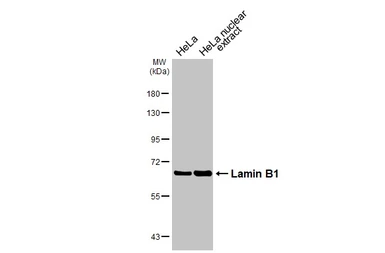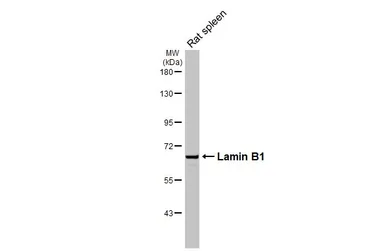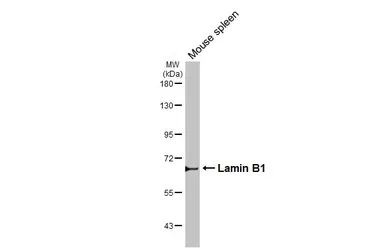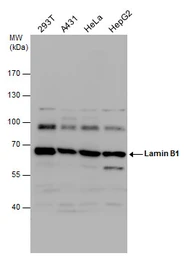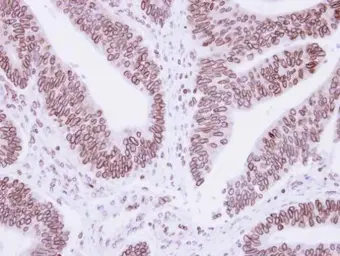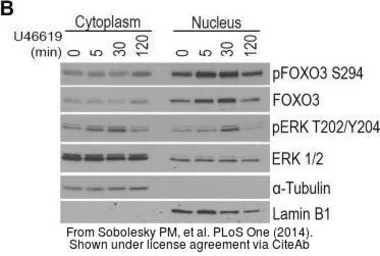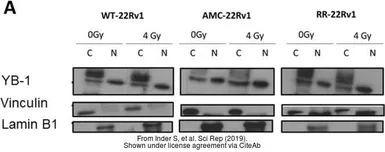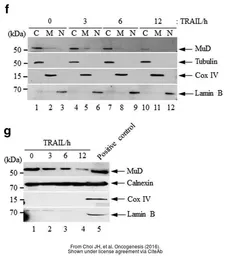Lamin B1 antibody

Wild-type (WT) and Lamin B1 knockout (KO) HeLa cell extracts (30 μg) were separated by 7.5% SDS-PAGE, and the membrane was blotted with Lamin B1 antibody (GTX103292) diluted at 1:10000. The HRP-conjugated anti-rabbit IgG antibody (GTX213110-01) was used to detect the primary antibody.
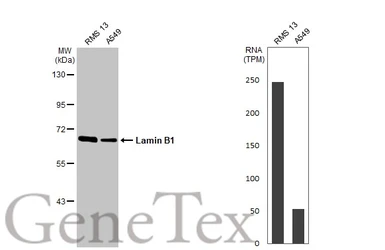
Various whole cell extracts (30 μg) were separated by 7.5% SDS-PAGE, and the membrane was blotted with Lamin B1 antibody (GTX103292) diluted at 1:1000. The HRP-conjugated anti-rabbit IgG antibody (GTX213110-01) was used to detect the primary antibody. Corresponding RNA expression data for the same cell lines are based on Human Protein Atlas program.
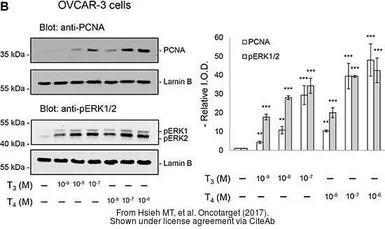
The data was published in the journal Oncotarget in 2017. PMID: 27458161
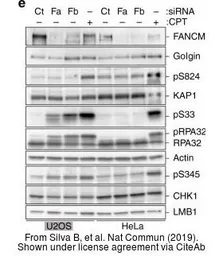
The data was published in the journal Nat Commun in 2019.PMID: 31138795
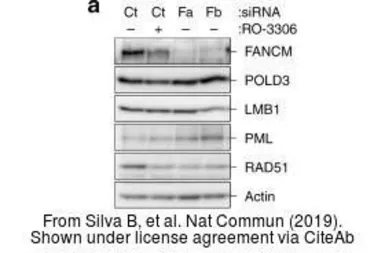
The data was published in the journal Nat Commun in 2019.PMID: 31138795

The data was published in the journal Nat Commun in 2019.PMID: 31138795

The data was published in the journal Nat Commun in 2019.PMID: 31138795
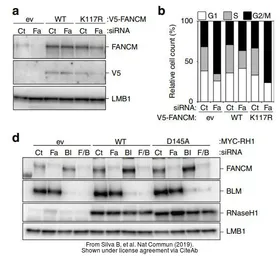
The data was published in the journal Nat Commun in 2019.PMID: 31138795
-
HostRabbit
-
ClonalityPolyclonal
-
IsotypeIgG
-
ApplicationsWB IHC-P IP
-
ReactivityHuman, Mouse, Rat, Hamster


